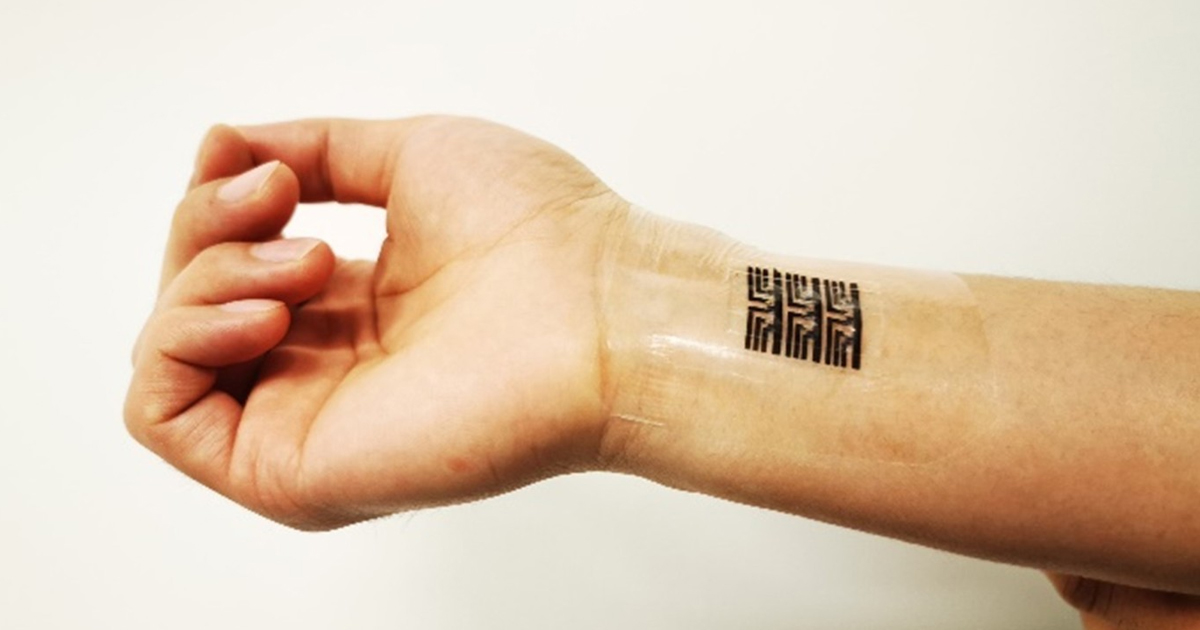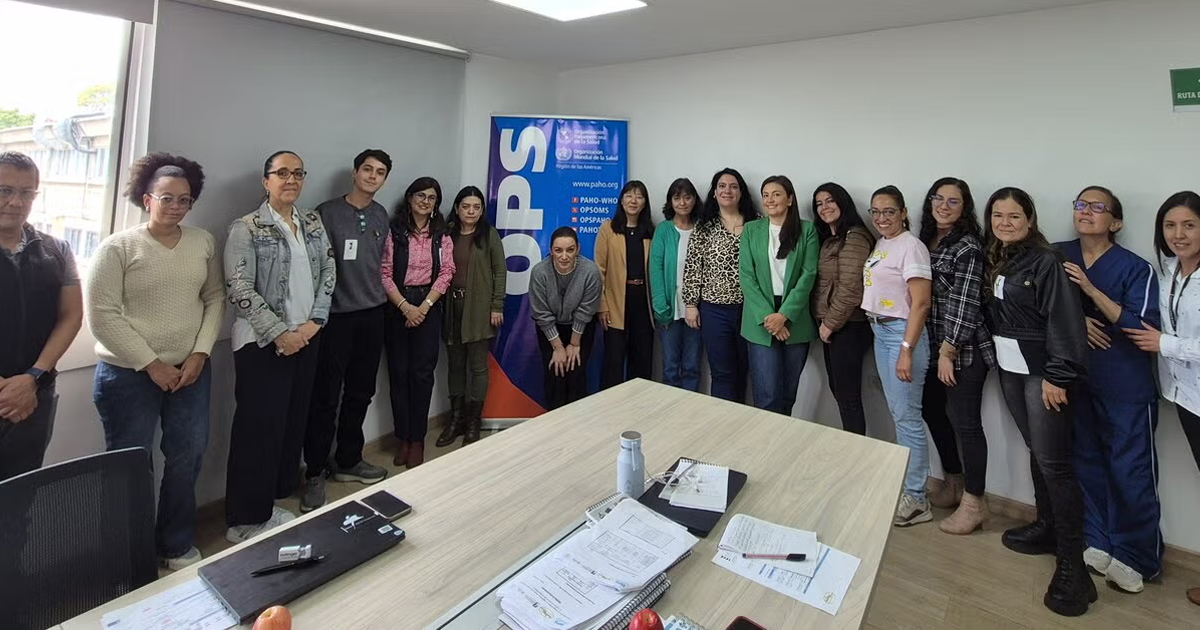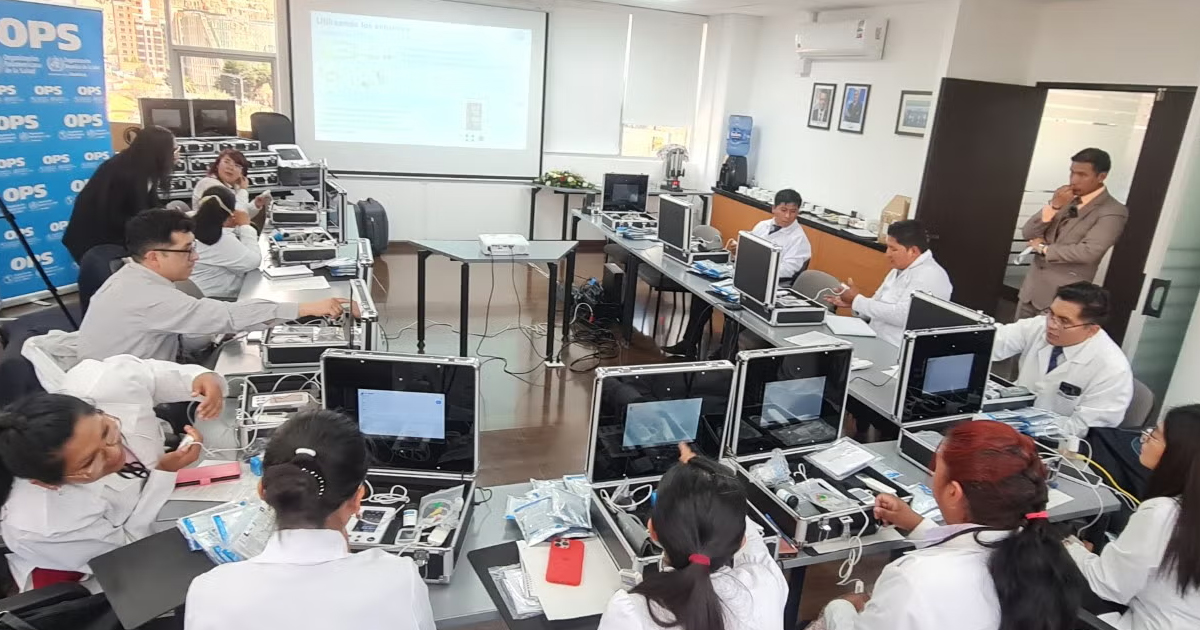El NHS estableció cuatro lineamientos a seguir en sus tecnologías digitales para fortalecer sus servicios médicos y hospitalarios. El objetivo es que, con el tiempo, se puedan satisfacer todas las necesidades que los usuarios y empresas requieren para el óptimo ejercicio de sus funciones y en pro a la calidad de la salud.
El Servicio Nacional de Salud del Reino Unido (NHS por sus siglas en inglés) sigue innovando sus servicios para ofrecer mejor calidad reduciendo los márgenes de error y los sesgos que implica la actualización hacia las nuevas tecnologías que demandan los usuarios de la Digital Health.
Las nuevas herramientas que está desarrollando el NHS requieren de una base digital sólida y que se esté renovando. En el pasado, intentaron un programa de innovación que no dio los resultados esperados ya que no ganó la aceptación de los médicos y pacientes puesto que las implementaciones y políticas públicas que abordaban no se enfocaban en las necesidades reales y prioridades del usuario, dejándolo de lado; por este motivo el Sistema de Salud británico aprendió la lección de este caso fallido ocurrido en 2002.

Ahora, la apuesta que se hace para la creación de tecnología basada en la digital health es incluir 4 principios básicos que garanticen su buen funcionamiento y un manejo correcto.
These four digital principles are:
- Meet the needs of users: to build trust and use of these software and platforms.
- Ensure privacy and security: utilizando un banco de datos que puedan ser respaldados por sistemas específicos con altos estándares de protección.
- Be open and interoperable: permite el flujo de datos y la integración de los distintos sistemas que trabajen con una gran cantidad de información.
- Be inclusive: hacerla atractiva para las nuevas generaciones y reconocer que hay un espectro completo de personas en términos no solo de su acceso a las tecnologías digitales, sino también de su capacidad para utilizarlas.
Un ejemplo de esta nueva visión reside en Holanda, donde la compañía Skin Vision desarrolló una aplicación móvil para capturar imágenes de lunares y analizarlas usando la nube para almacenarlas y, en cuestión de 30 segundos, determinar el riesgo de cáncer de piel.
En el proceso un dermatólogo verifica las imágenes y los pacientes que tienen alto riesgo de sufrir este problema reciben asesoramiento dentro de las 48 horas subsiguientes.
Las imágenes también se agregan a una biblioteca, lo que ayuda a este a prevenir la aparición del cáncer utilizando el machine learning y la actualización de sus patrones de conocimiento para la detección. Actualmente su precisión es superior al 90 por ciento.
La conclusión a la que se llegó fue que los modelos centrados en el paciente de manera total e integral son beneficiosos para alcanzar una “madurez digital”.







